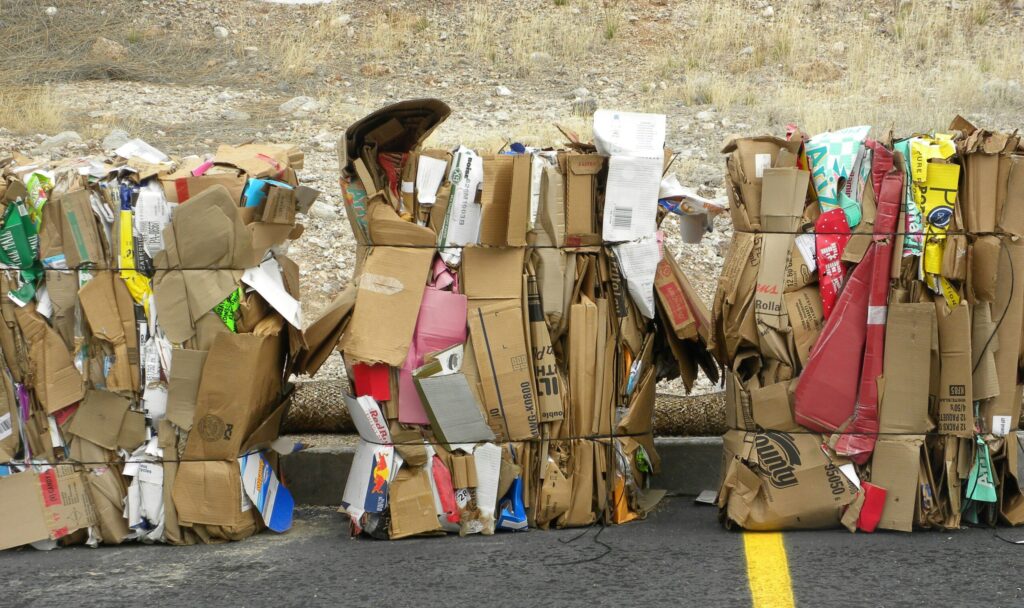South African Paper Grades for Recycling
Did you know that papermaking comes from ancient China? Court official Ts’ai Lun created the first paper sheets from rags, bark, and later bamboo. Today, paper is made from wood fibres that come from trees in sustainably managed forests. It is also easy to recycle. In South Africa, we recycle 63% of paper and cardboard products.
Recycling paper is important because it reduces the waste we send to landfills. It also makes papermaking more affordable and accessible. Paper recyclers in South Africa divide the paper they collect into different categories or “grades” to be recycled separately.
Why Do We Separate Paper Recycling into Grades?
The length, thickness, and arrangement of the cellulose fibres are what give paper its texture and strength. Consider how different tissue paper feels to white office paper – that’s because of differences in their fibre content. We recycle similar types of paper together to control the quality of the final output.
Paper Recycling Grades with Examples
Mixed grades
The first category is for paper recycling, which contains a mix of different grades. Mixed paper grades can be used to make lower-quality papers like tissue or recycled board.
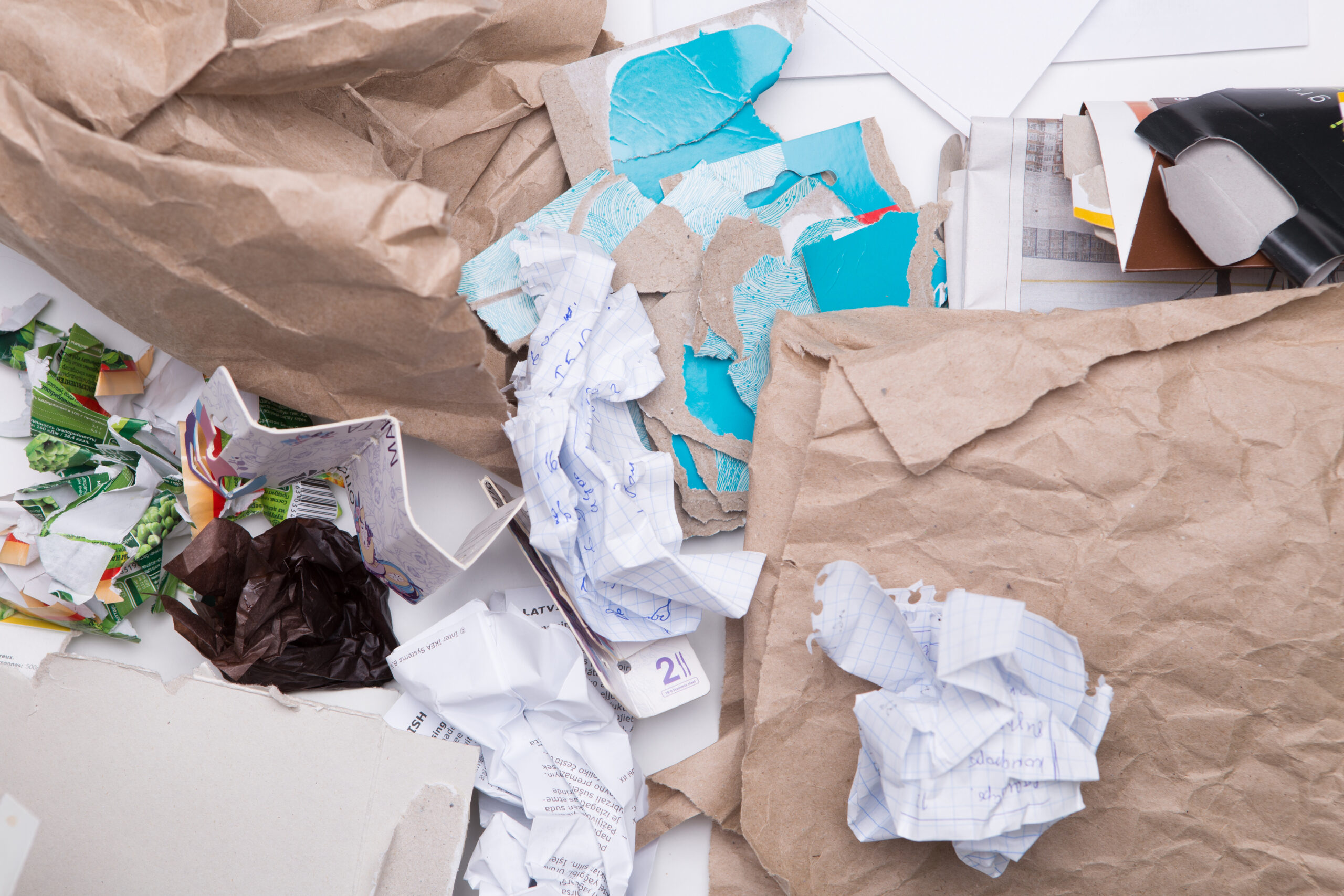
1.Common mixed waste paper (CMW)
Mixed papers collected from homes, schools, and offices. May contain a mix of cardboard, printing paper, newspapers and magazines, flyers, receipts, notebooks, paper bags, etc.

2.Industrial mixed waste paper (IMW)
Unused pieces of paper board that come from factories. These are the offcuts of lightweight cardboard that manufacturers use to make boxes and other packaging.
Mechanical grades
Mechanical paper is made by grinding wood into a pulp with machinery. All mechanical paper grades contain a natural polymer called lignin that turns them yellow with age.
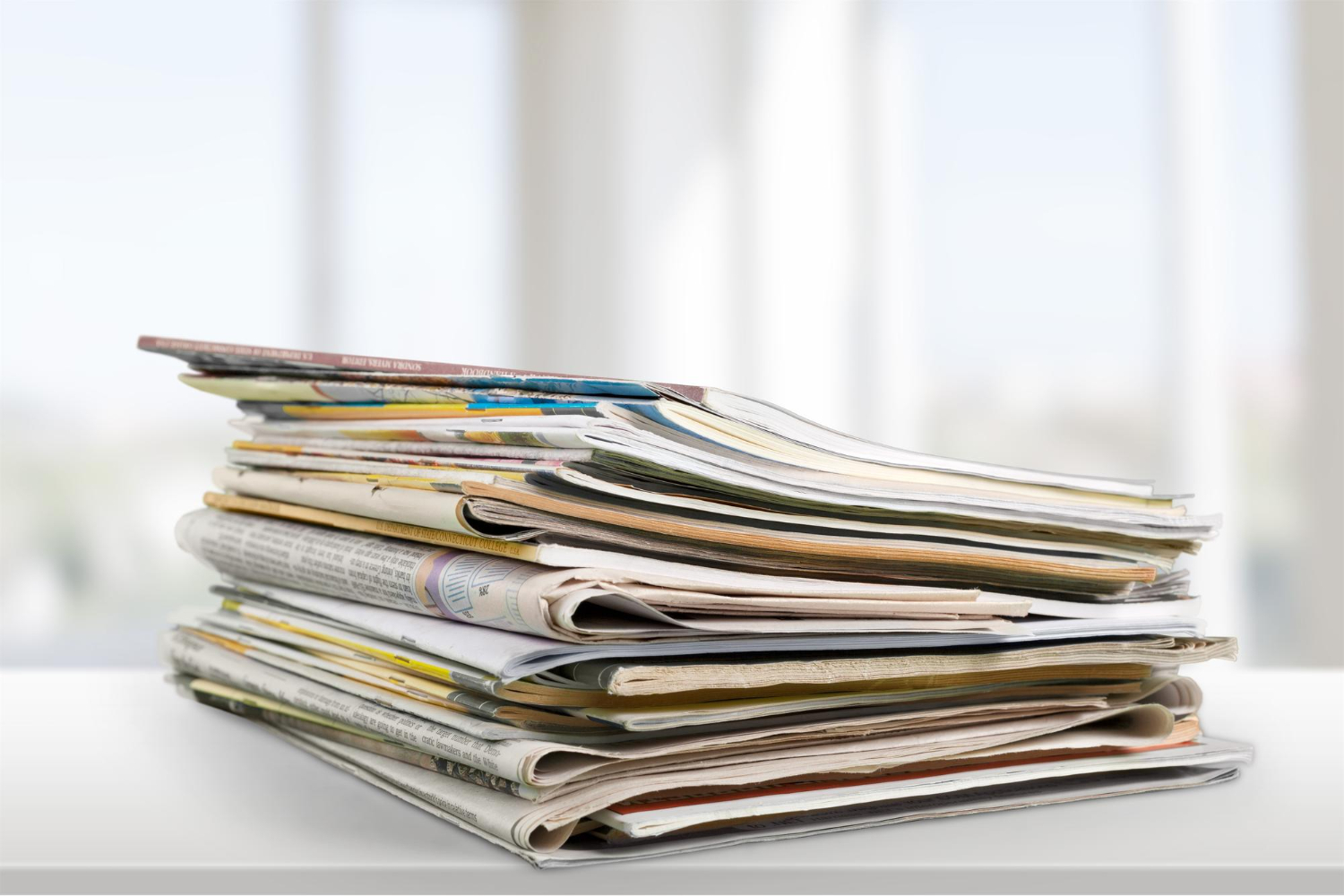
1.Special news (SN)
A mix of all newsprint papers, including newspapers, magazines, and flyers. The mix is collected from households and businesses and cannot contain any Kraft paper.
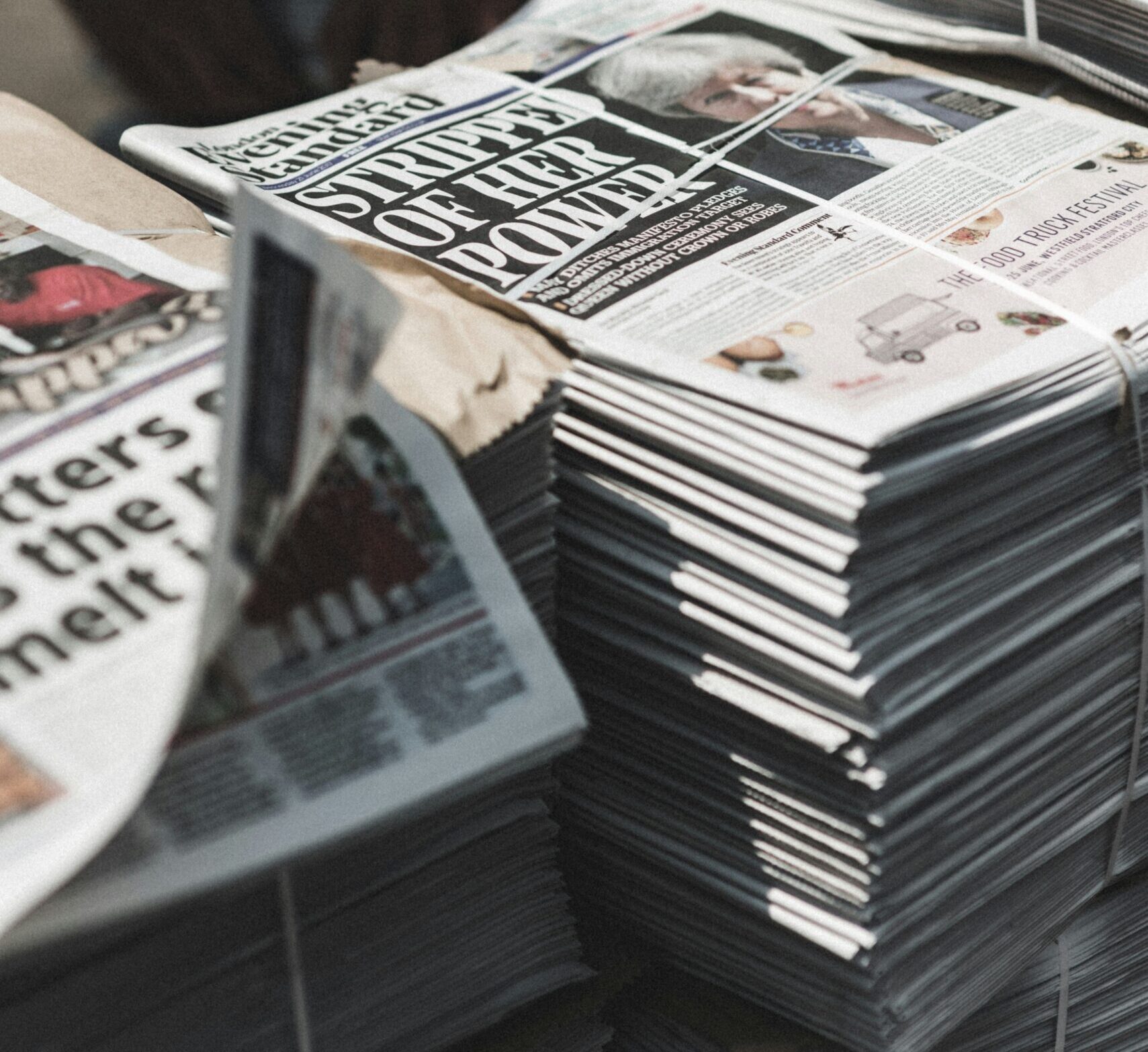
2.Flat news (FN)
Also called over issue news, this category is for unsold newspapers only. No flexgraphic prints allowed.
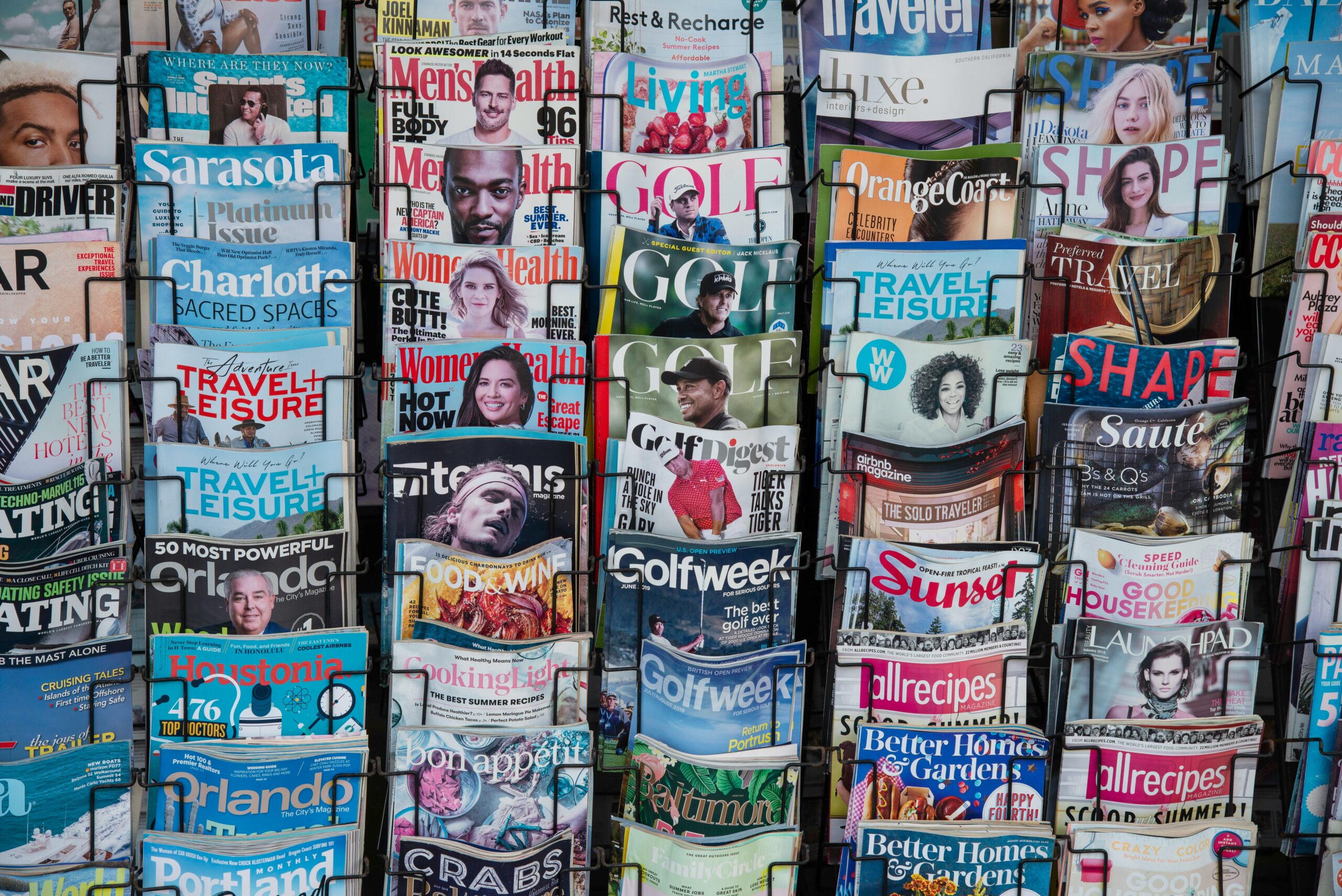
3.Magazine (SBM)
Unsold magazines and paper offcuts from magazine printing. Magazines with latex adhesives/binding are allowed. Up to 10% of the mix may be uncoated news-type paper.

4.Special magazine (SSBM)
Unsold magazines and offcuts from magazine printing – this time NO latex binding adhesives are allowed. Water-based adhesives are permitted.
High Grades
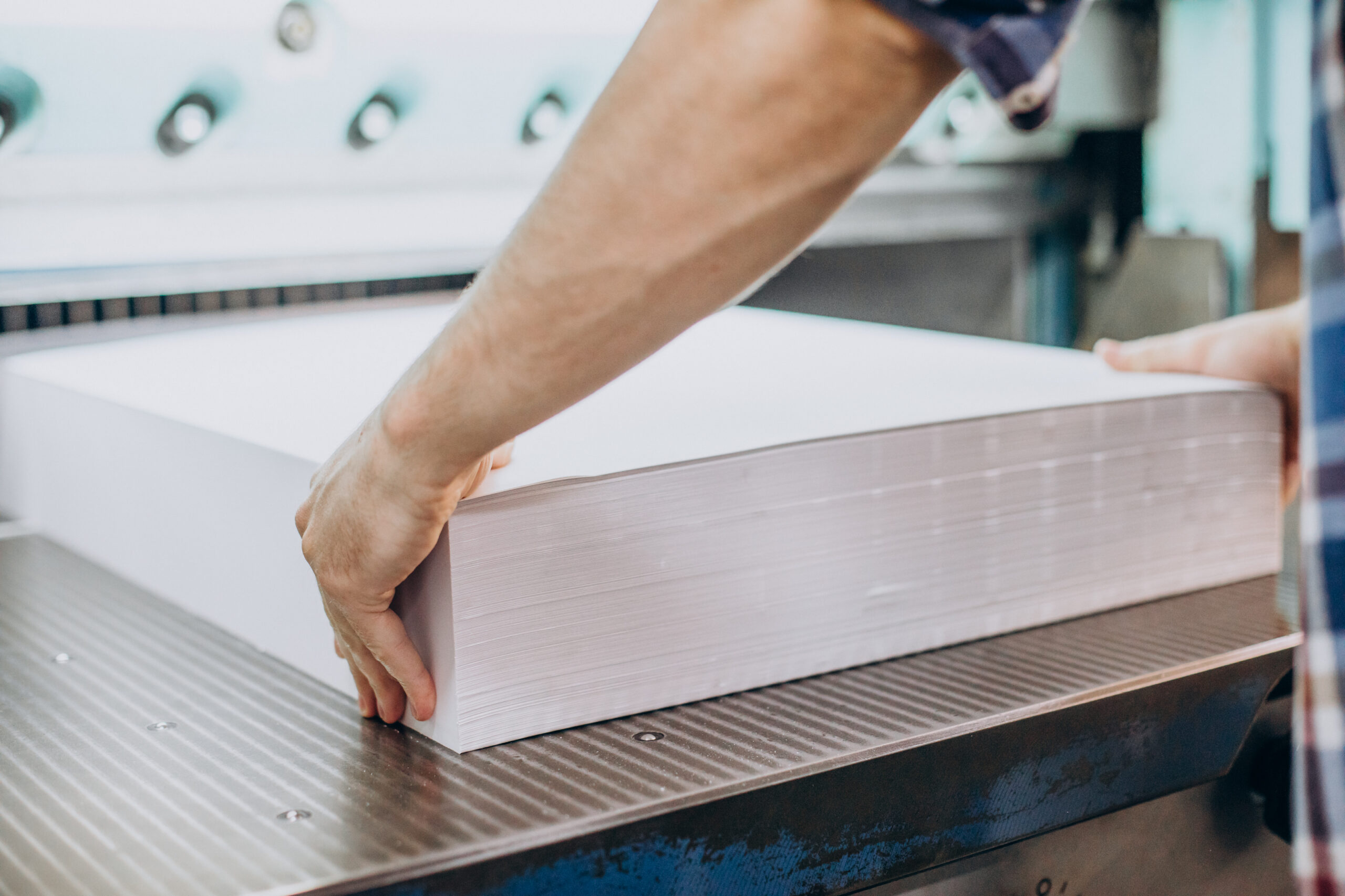
High-grade paper is stronger, smoother, and more durable. It usually contains a high percentage of virgin cellulose fibres and is made for printing.
1.White one (W1)
White, wood-free paper and board with no printing on it. This paper grade is for unused printing paper and offcuts only. It can be recycled into high-quality products.
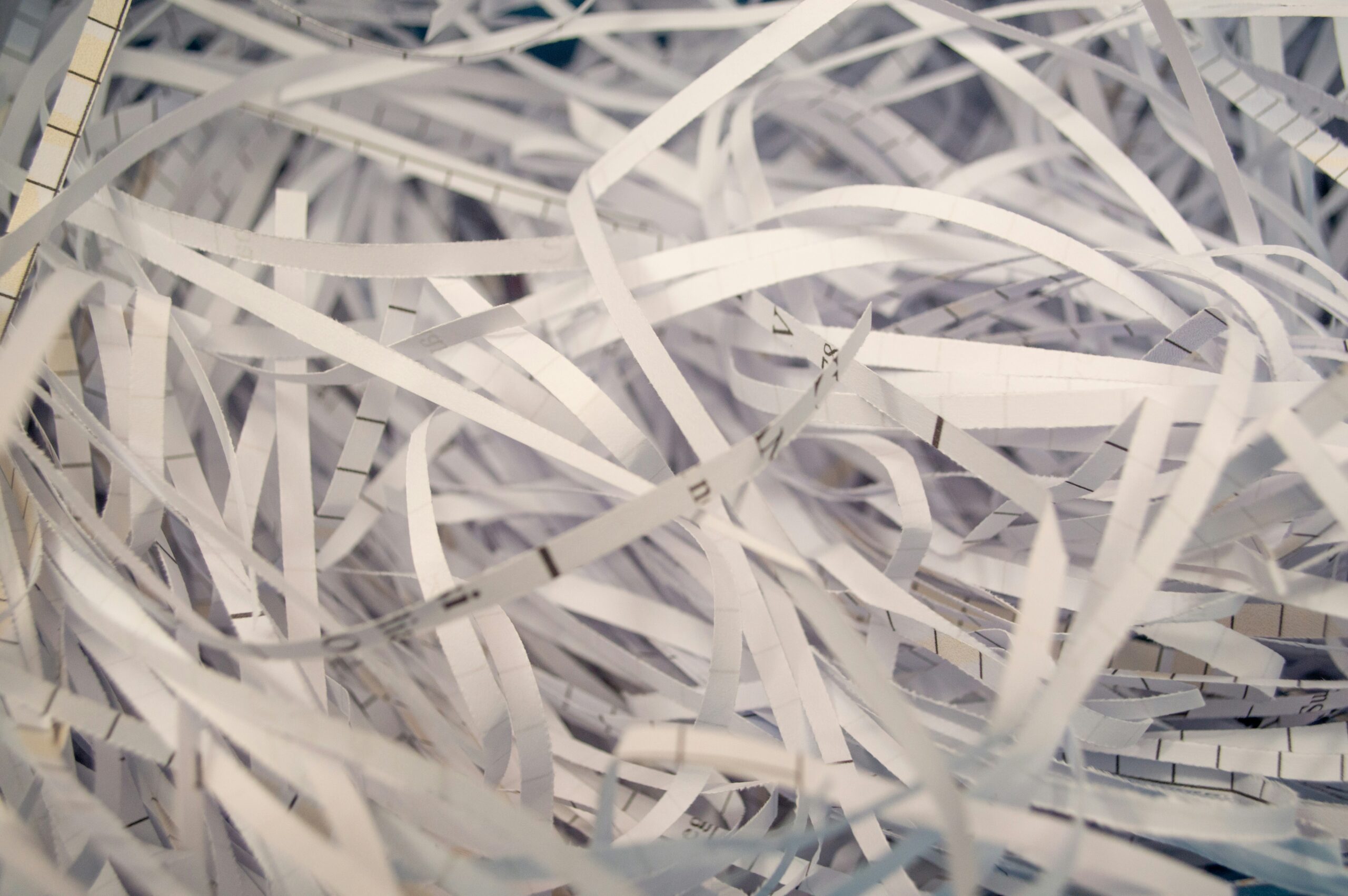
2.Heavy letter one (HL1)
White office paper with or without printing. Offcuts and shavings are accepted, but no excessive printing or coloured paper is allowed.
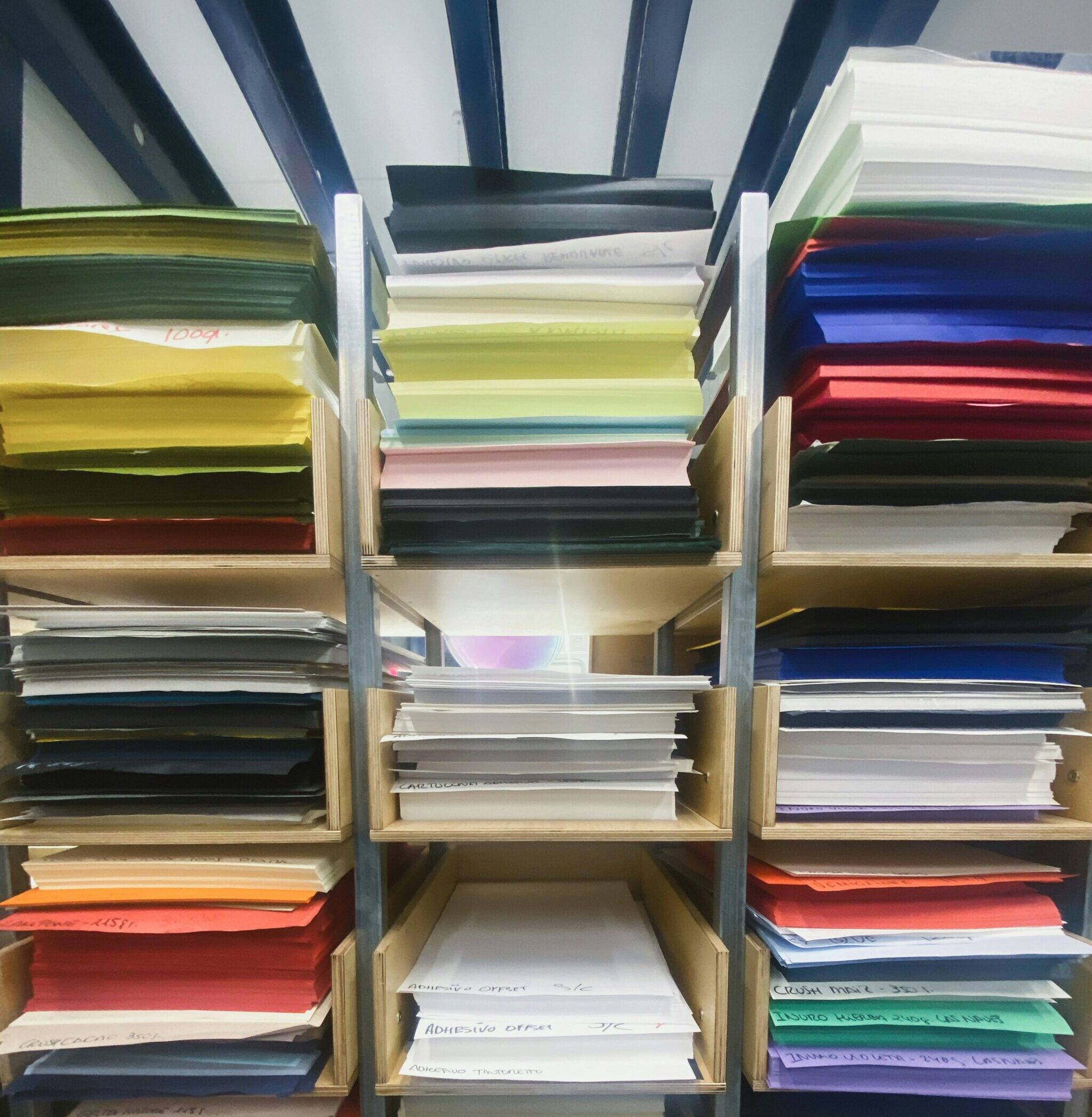
3.Heavy letter two (HL2)
Pastel coloured office paper with or without printing. Offcuts and shavings are accepted, but no excessive printing or brightly coloured paper is allowed.

4.Super mix (SMW)
A mix of heavy letter one and heavy letter two paper grades. The ratio should be exactly 50% of each paper type to be considered a super mix.
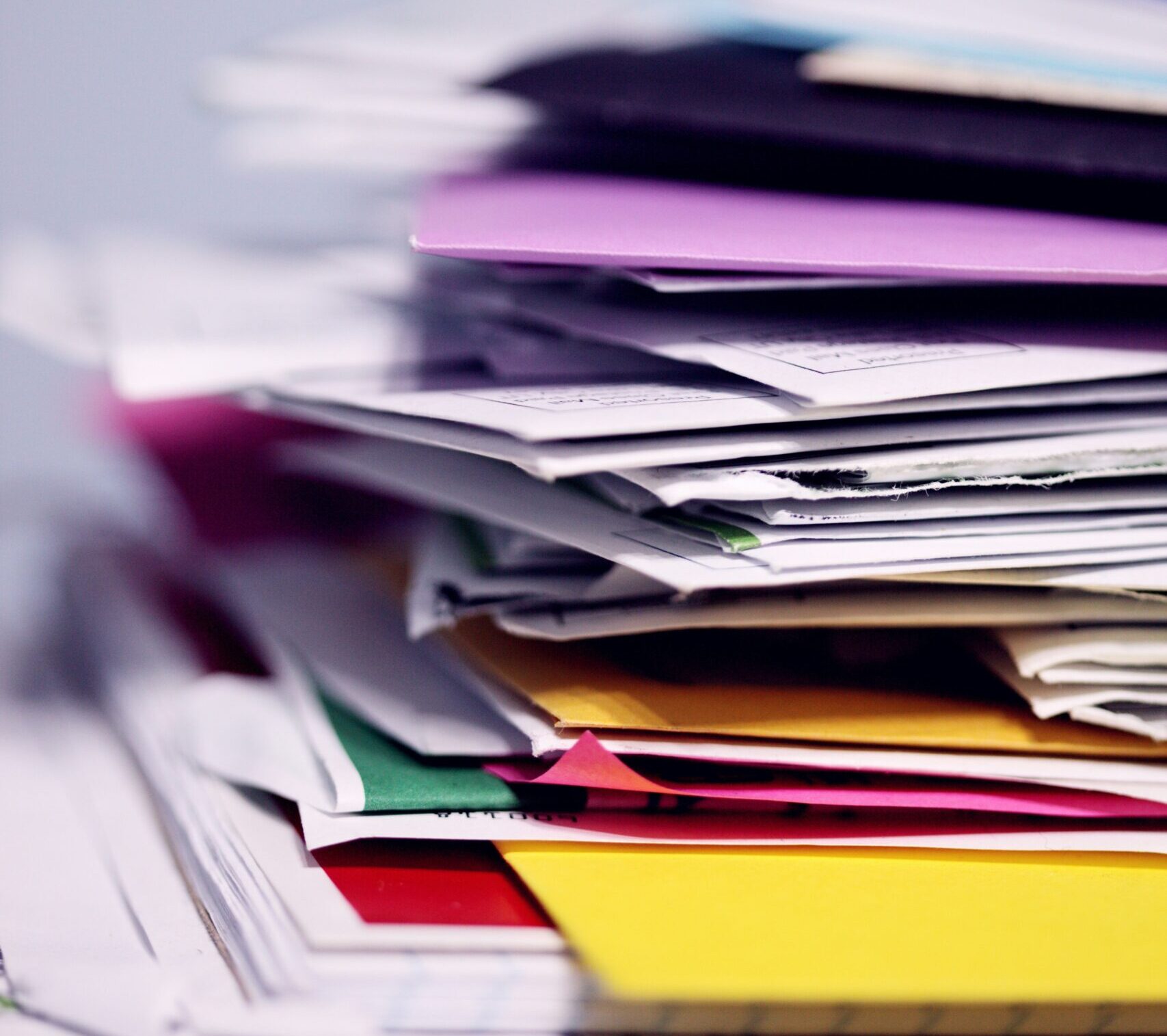
5.Sorted office paper (SOP)
A mix of papers found in offices, namely white printing paper, pastel coloured invoices and envelopes, coloured flyers, and some carbon copy paper. No unbleached (brown) paper is allowed.
Kraft grades
Kraft paper is made using chemicals instead of mechanical processes. It is designed to be durable and tear-resistant, so it’s often found in packaging.
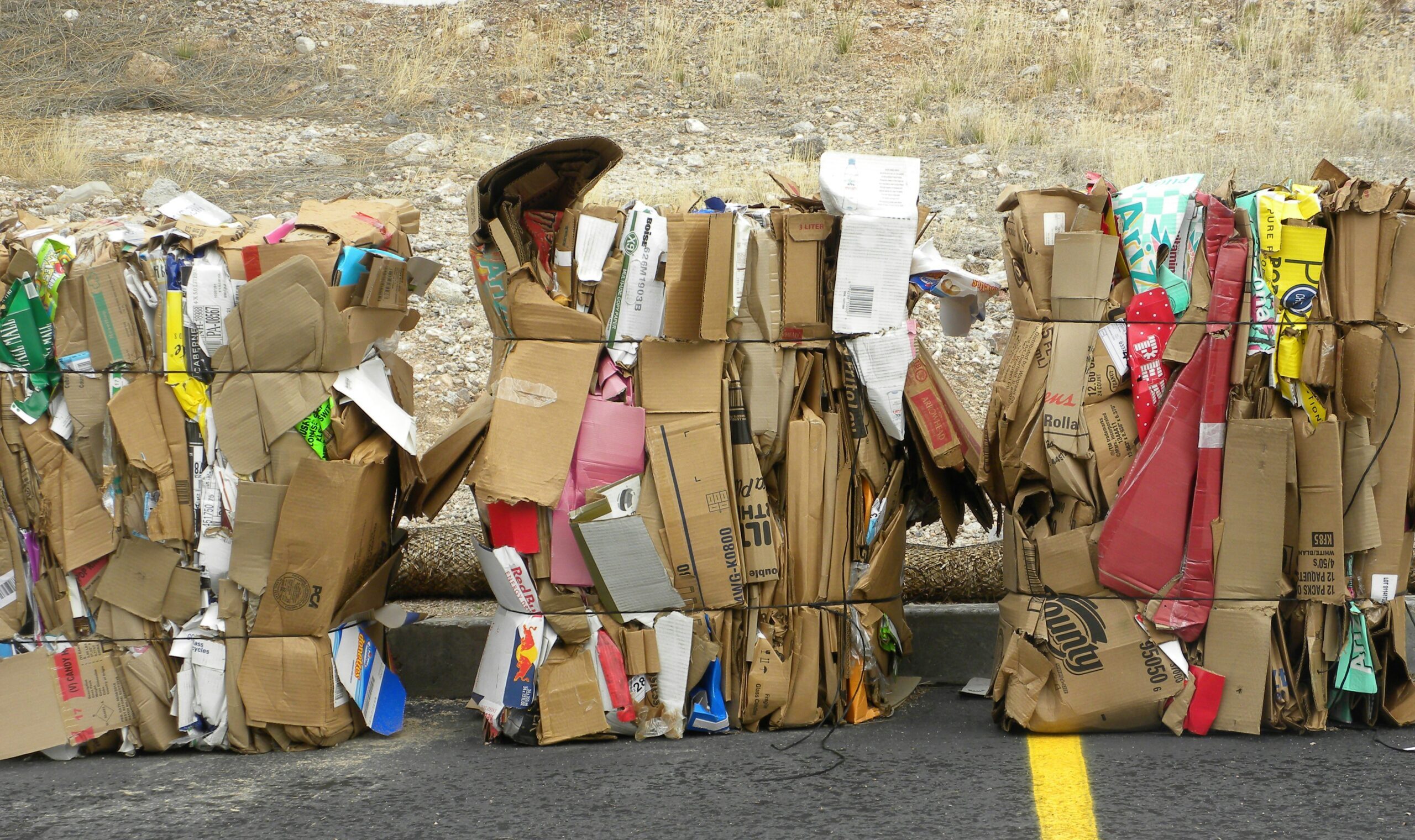
1.Corrugated containers (K4)
Used corrugated cardboard from moving and delivery boxes, signs and posters, cardboard packaging, display units, etc.
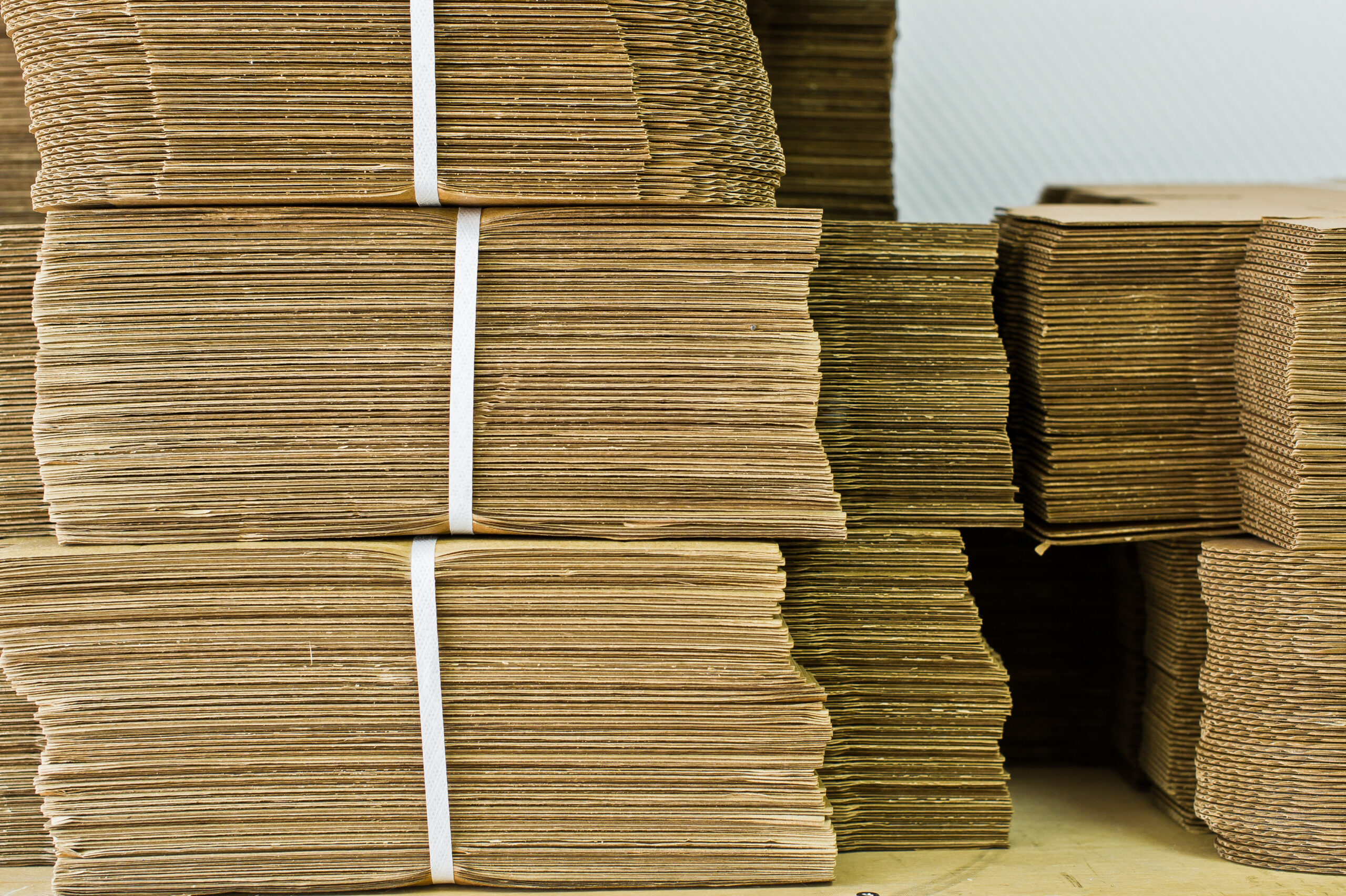
2.New corrugated kraft waste (K3)
Clean and unused corrugated cardboard offcuts from box-making factories and packaging producers.
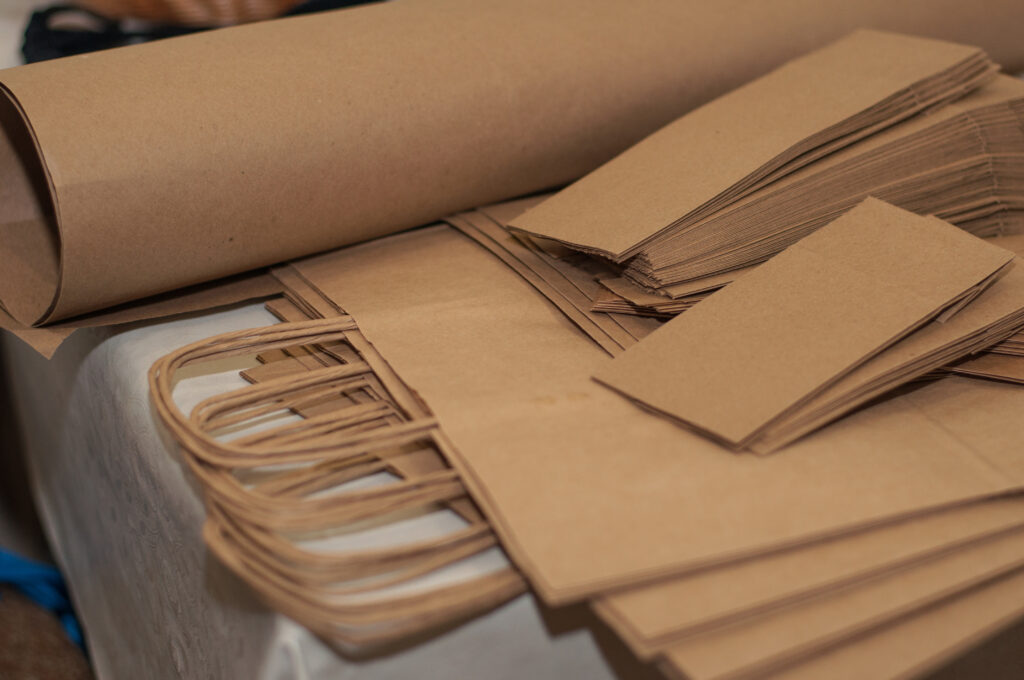
3.Unused kraft bags (K1)
Clean and unused paper bags and their offcuts. Wet-strength paper (eg: cement bags), stitched papers (eg: dog food bags) and poly-lined paper (paper bags coated with a thin film of plastic) are not allowed.
Special Grades
Special paper grades do not fit into any of the categories mentioned above and have very specific recycling requirements.
1.Liquid board packaging (LBP)
All juice, dessert, and milk cartons – used and unused. LBP is cardboard that is coated with a layer of plastic or foil to protect what’s inside.
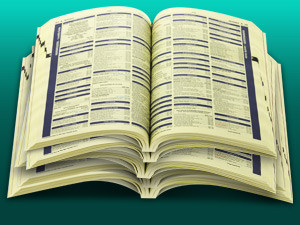
2.Telephone directories (TD)
Clean printed phone books included the white pages and yellow pages.
Out Throws. Moisture, and Prohibitive Materials
The South African Standard Grade Definitions of Recovered Paper and Board is very strict on what can and can’t be included in recycling. It is very important to keep the different paper grades separate. If a batch of recycling contains the wrong type of paper, that paper will be an “out throw”.
- In paper recycling, an out throw is material that does not match the paper grade being recycled and therefore must be rejected.
However, recyclers won’t accept paper batches with too many out throws. The tolerance for out throws ranges from 1% (flat news grade) to 10% (common mixed waste paper).
Paper recycling must not contain prohibitive materials. These are non-paper items that could damage machines or contaminate recycling, for example:
- Metal – staples, paper clips, ring binding
- Plastic – coverings, ring binding, envelope windows
- Glass – incorrect use of recycling bins
- Textiles – stitched binding or closures
- Wood – dirty recycling environments
- Sand and building materials – dirty recycling environments
- Synthetic materials – anything containing plastic
- Synthetic paper – water-resistant printing, labels, tags, menus etc.
Finally, paper recycling will be tested for moisture. Paper should always be kept clean and dry or it could be rejected at the buy-back centre. Recyclers will usually not accept paper with a moisture content above 10% of its weight (12% for cardboard).
Earn Cash as a Paper Collector
Paper recycling is good for the environment. It’s also an easy way to earn extra cash and participate in the circular economy. Our EPR regulations make recycling mandatory for paper producers, and many businesses are looking for recycling partners.
Start your own collection point today to become an eco-entrepreneur. Contact eWASA to find paper buyback centres near you or to learn more about recycling paper and cardboard in South Africa.
SOURCES:
